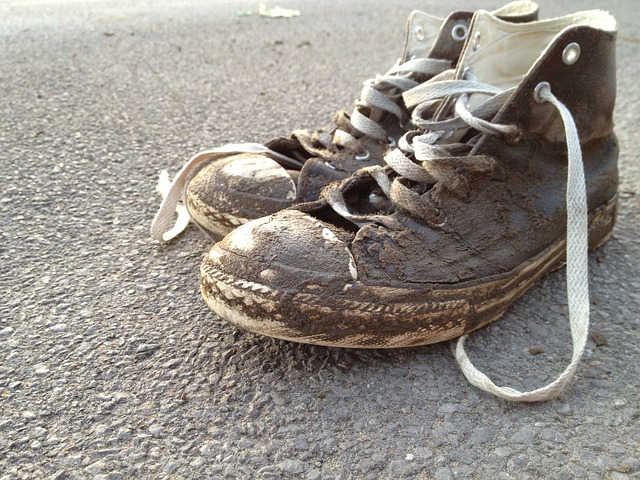| A PBL Documentary (Middle School M & M) |
March 23, 2023
- Sign in and stow your phones out of sight. Log into a Chromebook and complete the WYAW activities.
- Vote by tables - Which one works best for you? Why?
1 2 3 "Multimodal literacy explores the design of discourse by investigating the contributions of different semiotic resources (for example, language, gesture, images) co-deployed across various modalities (for example, visual, aural, somatic) as well as their interaction and integration in constructing a coherent text." https://multimodalstudies.wordpress.com/what-is-multimodal-literacy/ Or are you a more visual learner?
Multimodal literacy is "the strategic use of two or more communication modes to make meaning, for example image, gesture, music, spoken language, and written language....multimodal literacy is strongly associated with the growth of digital communication technologies, multimodal is not synonymous with digital."
http://creatingmultimodaltexts.com/
- Narration should be:
- Clear, well paced, and audible (no mumbling, please!)
- Crunchy.....(What?) Crunchy Words help when writing a script.
Small Group Activity:
"Crunchy" words.
In small groups, use crunchy words to describe either photo two or three. (CC0 - Pixabay).



"majestic, towering Appalachians"
or
"tall mountains"Crunchy words? Crunchy words? - Switching channels for screening stories to look at students' creation of multimodal pieces. As you watch these examples, think about the differences in digital storytelling between stories created by adults and those of children.
Some questions to consider: - What might you need to do as a teacher to prepare kids to tell digital stories?
- What might the constraints be both creatively and technically?
- What other kinds of multimodal communication projects can you do with students? Individual? Small Group? Whole group?
- Some examples of "kid stories" - Digital Stories/M & Ms created by elementary students
- COLLABORATIVE STORY: In your table groups, pick one of the stories we viewed and write a sentence on your vintage board about what worked well (one asset).
- SMALL GROUP WORK: In your small group, follow the directions on the back of your storyboard in the order given to create a PSA using Puppet EDU.
Tutorial for Puppet EDU
- TIPS for Using Puppet EDU
- For a slide to show up and be included in your story, it must have sound even if you don't say anything and it's silent.
- Make sure to turn the volume on your iPad up ALL THE WAY so your audio is loud and proud.
- Add still photos and only one video
- NOTE: For video, you must play it all the way through for the entire video to be added to your story and once you select it, you can use or mute the video as you wish
